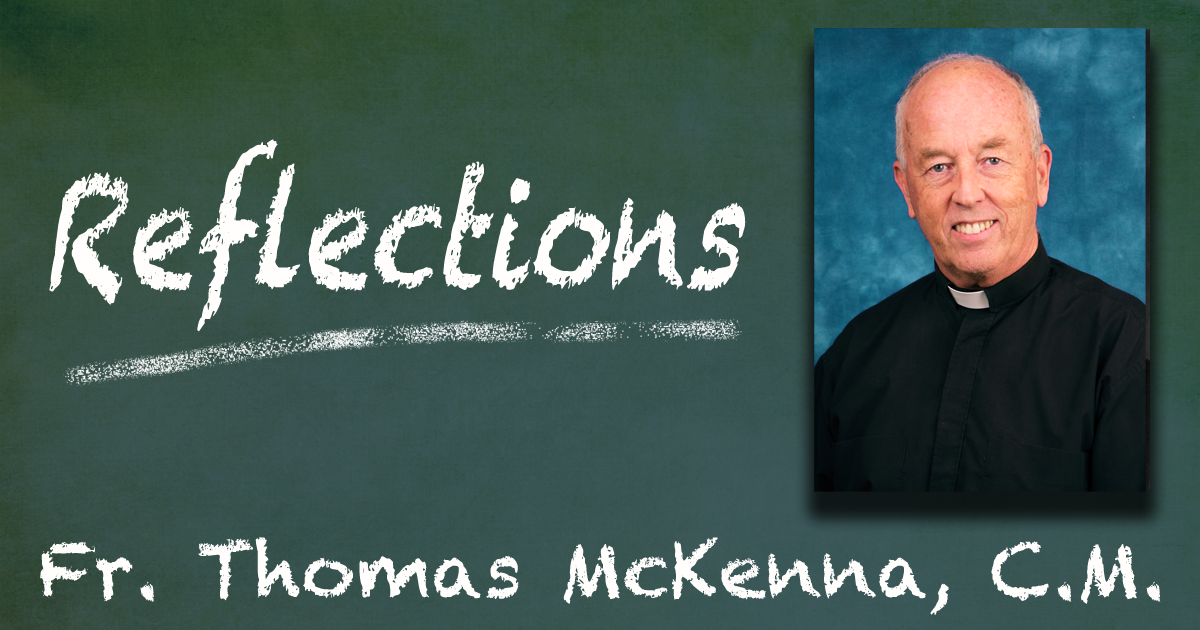The Inner Compass (Lk 9:28-36)
Years ago, airplanes were equipped with a device known as a gyroscope. It was an upright compass whose job it was to bring the plane back on center when it was tilting too much left or right, up or down. A pilot losing his bearings in a fog used it to let him know whether his aircraft was flying level. An internal guidance system, it worked to ease the plane back on center.

This inner compass has been used as a metaphor for the Christian’s effort to stay steady on the road of discipleship. What is it that lets us maintain our spiritual balance? How do we recognize when our life of faith is tilting off center?
We see this energy at work in Jesus as he approaches decisions. Should he remain safely in Galilee or head up to Jerusalem and risk confrontation with the authorities? To find out, he turns to that inner voice or interior compass which we know as the will of his Father. He does this by going apart to pray, intentionally attuning himself to that divine call and keying in on its influence.
This happens not just at his transfiguration but also when fasting in the desert, stepping into the Jordan for baptism, agonizing on the night before he died and indeed as he was taking his very last breath. The pattern: quieting down and attending, getting alone with his Father and intuiting the directions (“course corrections”) being given. Jesus does what it takes to hear that intimate voice, to respond to the inklings and leanings of that inner compass.
All of us possess something like this, a hidden spot where we can feel the deep push and pull of God’s Spirit. We might call it conscience, the interior life, our heart, even that inner compass. The challenge is to access it. As Jesus shows us, it takes a quieting down, a screening out of society’s noise — this especially so in today’s overstimulated, media-soaked world. A going-apart and a tuning-in, it involves stepping into our personal sanctuary and there opening ourselves to the varied touches of God’s hand.
Sensitivity to these “directional signals” can be cultivated. The disciple takes such times apart to build a pattern of listening, a rhythm of feeling those interior nudges which would steer him or her along a straighter and truer path. Vincent’s weaving of active contemplation and contemplative action is a piece of this. Encouraging us to follow behind Providence, he presupposes we are doing all we can to let ourselves be guided by the stirrings of just that Divine caring.







0 Comments